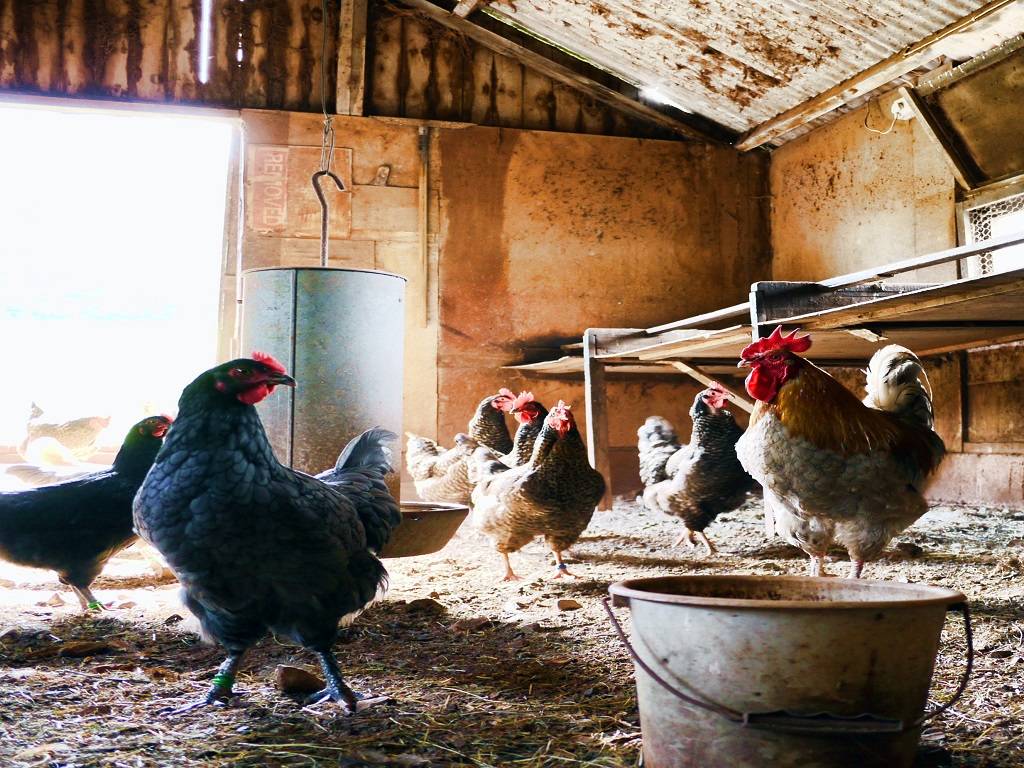
According to the researchers, the presence of the H5N1 variant was confirmed among a protein-rich breed of chicken known as 'Kadaknath' at the farm in Lohanchal.
A laboratory report said that Kadaknath chickens died from bird flu in the Government Poultry Farm in Lohanchal.
Affected zones have been declared within a one-kilometer radius, and surveillance zones have been declared within a ten-kilometer radius.
"Sale of chicken/duck, etc., will be prohibited in these areas," according to an official statement issued by the Bokaro district administration. Arun Kumar Singh, Additional Chief Secretary, Health, told PTI that the state was on high alert.
According to Bokaro Deputy Commissioner Kuldeep Chowdhary, a medical team has been formed to keep a vigil on the district's border areas and to sample chickens/ducks from large poultry farms.
Furthermore, the medical team has been asked to collect samples from people living in the infected zone, and a separate ward at Sadar Hospital has been set up to treat anyone infected with bird flu.
The administration has advised people to avoid eating chicken or duck for a few days.
Human symptoms of the infection include severe upper back pain, fever, cough, shortness of breath, cold, and blood in the sputum, according to the report.
Bird flu, also known as avian flu, is a type of infection that primarily affects birds. Most bird flu viruses do not infect humans, but some strains, particularly H5N1 and H7N9, can spread to humans and cause serious illnesses in rare cases. Bird flu symptoms usually appear two to five days after contracting the virus. They are frequently similar to seasonal flu symptoms and can range from mild to severe. They usually consist of:
- Conjunctivitis
- Fever greater than 100.4 degrees F (38 degrees C)
- Cough
- Sore throat
- Headaches
- Difficulty breathing
- Fatigue
- Nausea and vomiting
- Muscle aches
- Abdominal pain
- Bleeding from the nose or gums
Contact with both wild birds and domestic poultry, such as chickens, turkeys, and ducks, spreads bird flu. While bird flu infections are uncommon, the majority of them are caused by unprotected contact with an infected bird or a contaminated surface. However, there have been cases where a person became infected without coming into direct contact with a bird. More rarely, the virus has been transmitted from person to person, but this type of transmission has been limited and does not appear to be common.
















